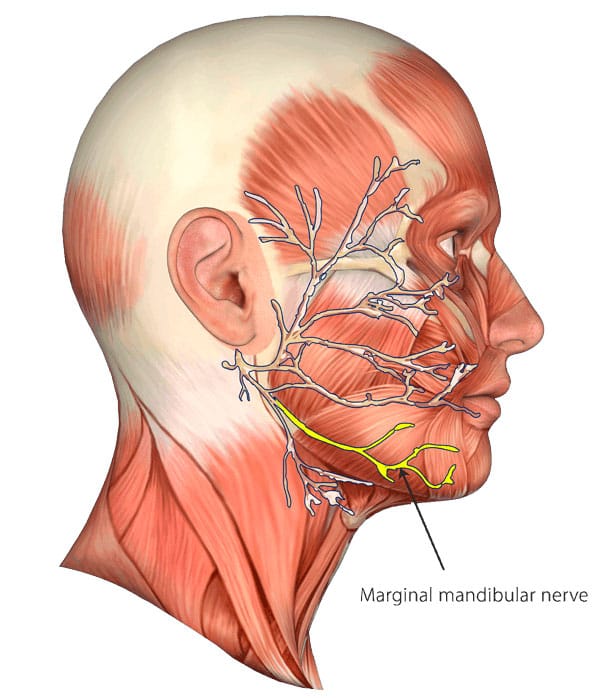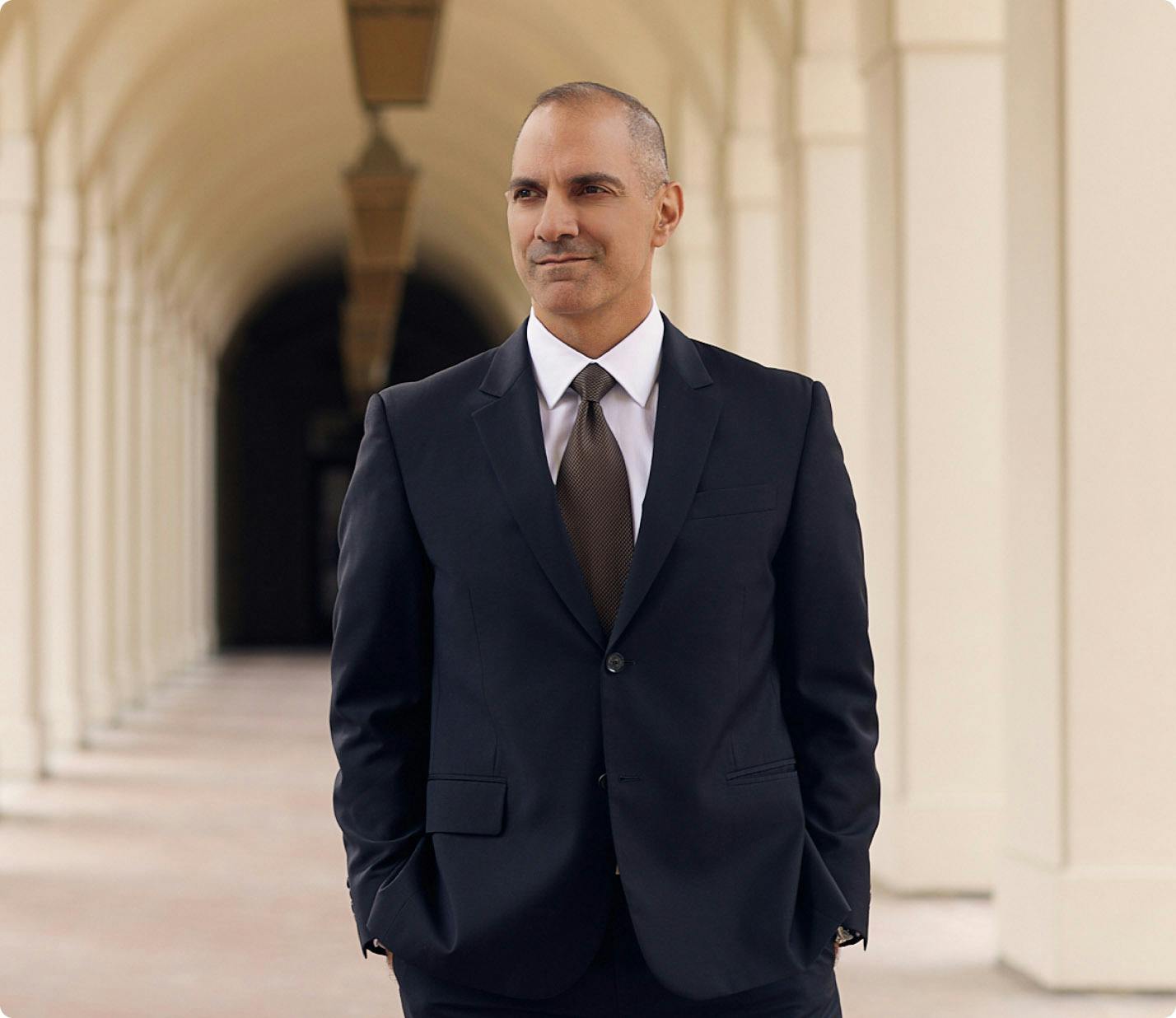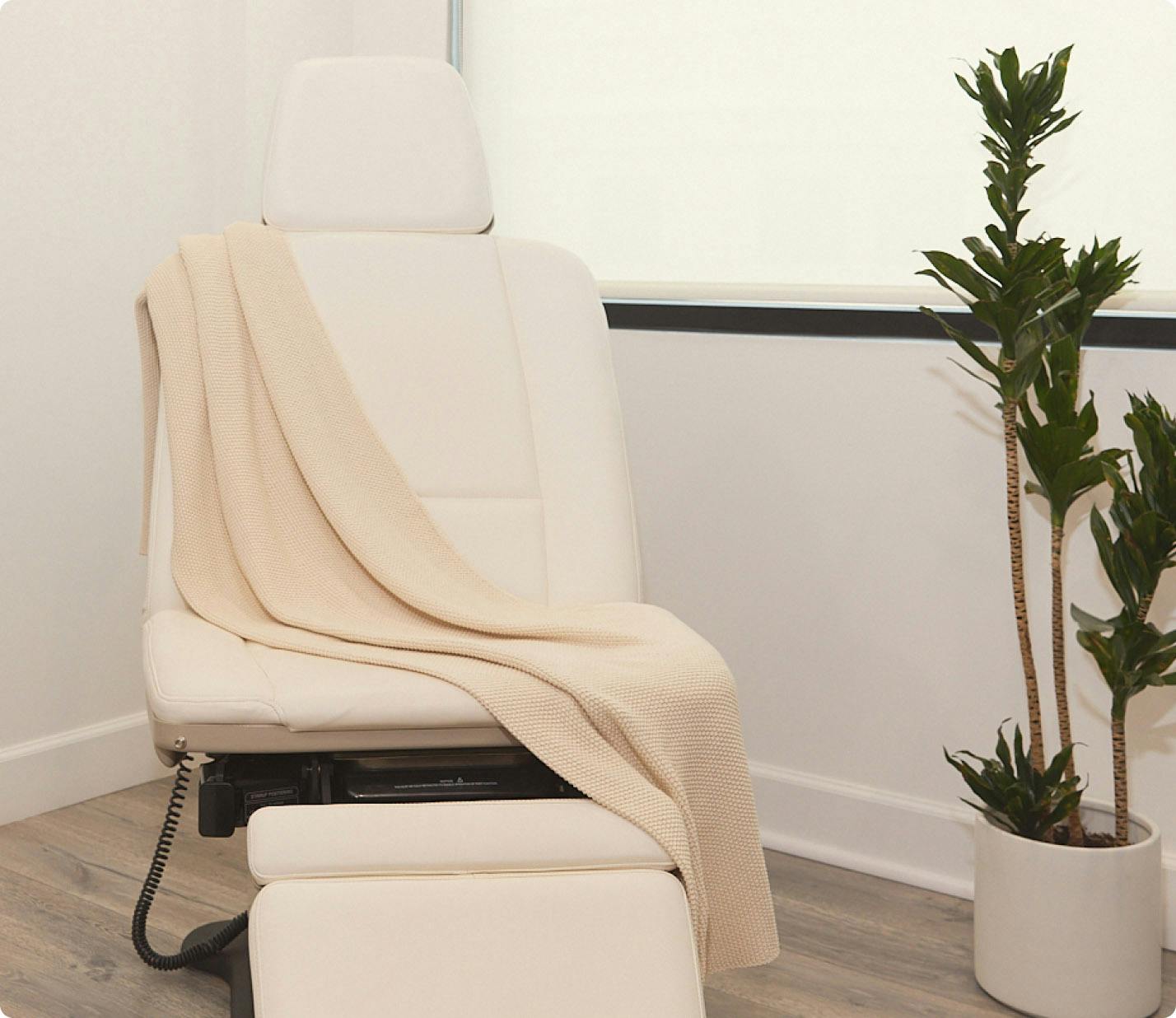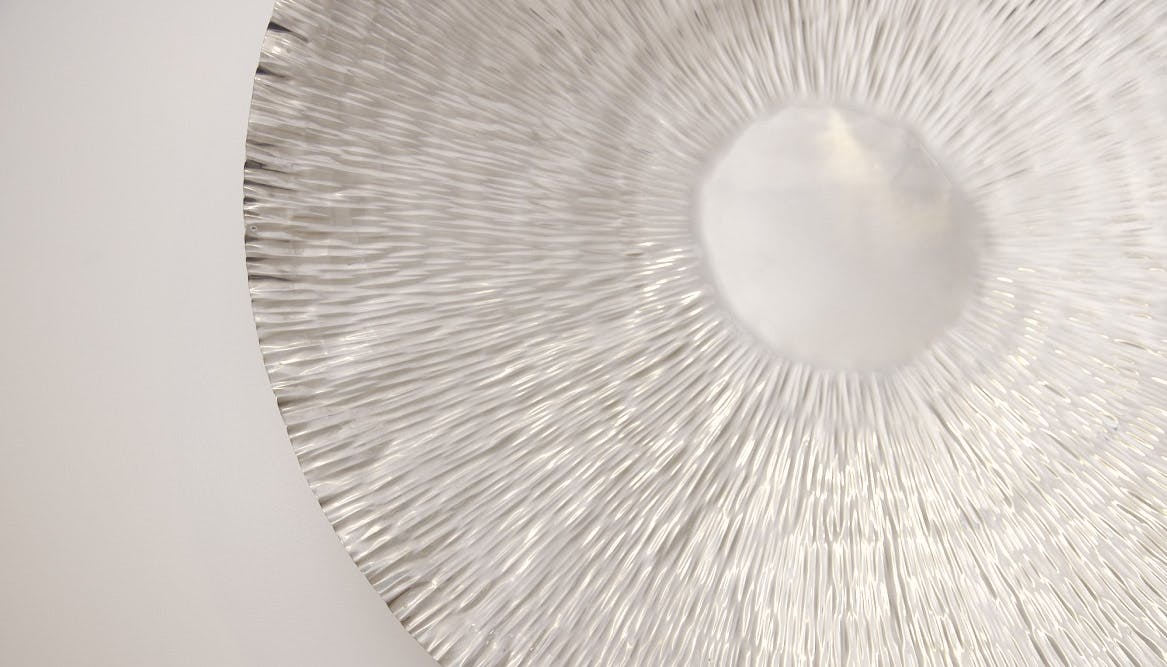Our facial asymmetry correction services are designed to address and harmonize facial features, restoring balance and symmetry to your appearance.
Asymmetry Correction in Facial Paralysis: Surgical and Non-Surgical Options
There are several possible surgical and non-surgical procedures for correcting asymmetry in facial paralysis. Treatment is individualized depending on various factors, including degree of muscle function, severity of asymmetry, or age of the patient. The surgical procedures address asymmetry in a permanent fashion, whereas non-surgical options may need to be repeated. Some of the options are listed below:
- Contralateral (opposite side of paralysis) lower lip depressor muscle excision
- Contralateral marginal mandibular nerve excision
- Ipsilateral (same side as paralysis) browlift or browpexy
- Contralateral frontalis muscle excision
- Debulking of the cheek after gracilis muscle transplant
- Readjustment of temporalis tendon insertion
- Facelift
- Browlift
- Targeted Botox® injection
The most common asymmetry correction is a combination of excising the opposite side lower lip depressor muscle and marginal mandibular nerve, which is responsible for stimulating the depressors. The depressor muscles consist of The opposite side depressor is targeted because there is currently no acceptable way to dynamically reanimate the downward pulling action of the lower lip depressor muscles. Balancing the lower lip by removing the muscle activity of the opposite side improves symmetry both at rest and when smiling. An incision is placed inside the lip on the side with the active lip depressor muscles. These are a pair of muscles: depressor anguli oris and depressor labii inferiors. The muscle fibers are then located and a strip of the muscle is removed to disrupt its function. Through the same incision, the terminal branches of the marginal mandibular nerve (branch of the facial nerve) is also removed. Occasionally, a separate tiny incision underneath the jawline is placed to locate this nerve and divide it. In preparing the face, an incision is placed in the pattern of a facelift with a small extension underneath the jaw.




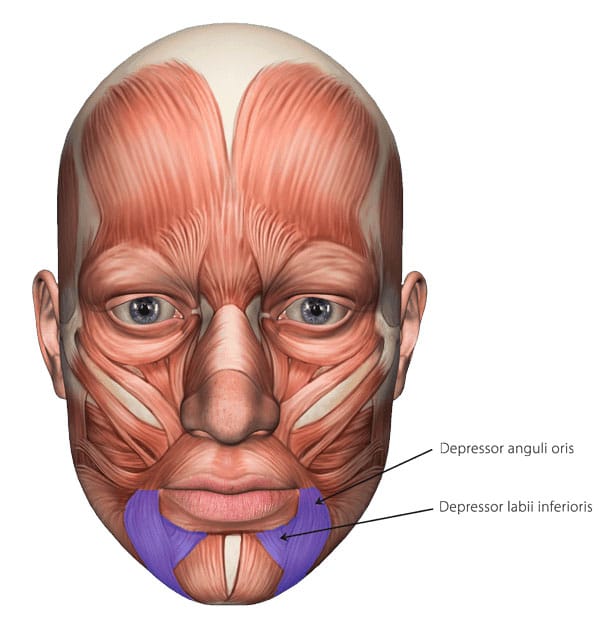 .
. 